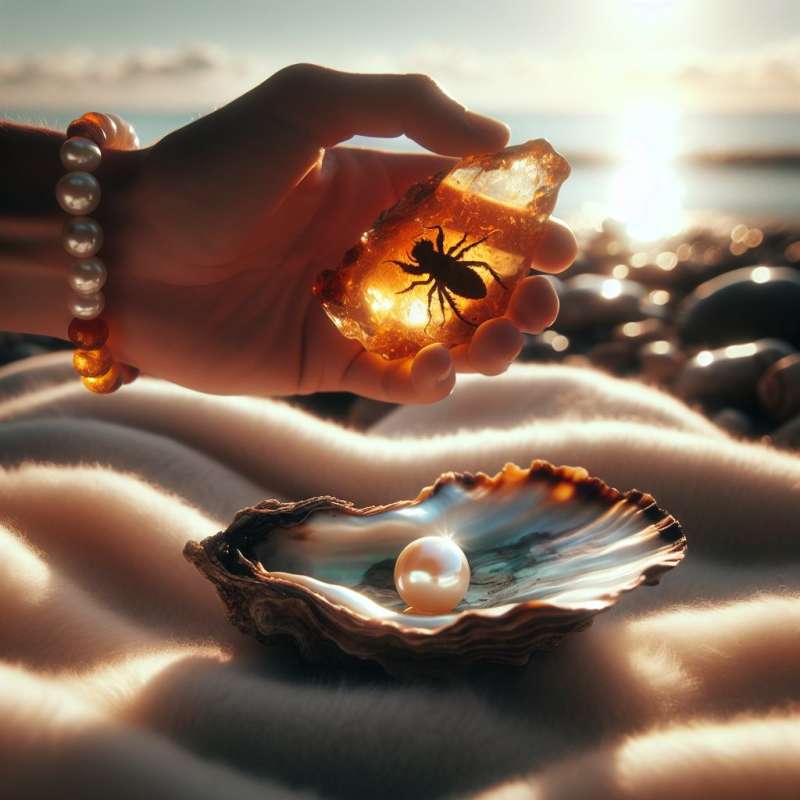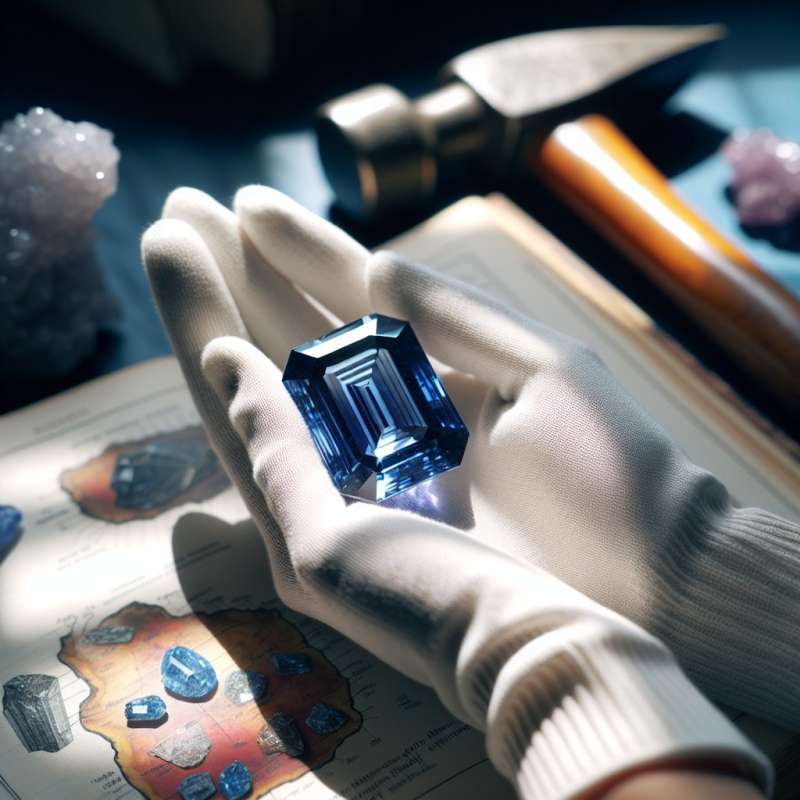
Gem Formation Process
Gemstones form under varying conditions, mainly in the Earth's crust. Some crystallize from mineral-rich fluids and melts, while others occur due to high-pressure and temperature changes deep underground.
Diamonds from the Mantle
Diamonds are formed under immense pressures and temperatures, typically 140-190 kilometers deep. Volcanic eruptions bring them closer to the surface embedded within kimberlite or lamproite rocks.
Colorful Beryl Varieties
Beryl, a mineral species, includes a variety of gemstones. Green beryl is called emerald, blue to blue-green is aquamarine. Pure beryl is colorless, while impurities give it diverse colors.
Rare Gems: Painite Discovery
Once considered the world's rarest mineral, painite was discovered in Myanmar in the 1950s. Fewer than a thousand specimens have been found, making it an extraordinary collector's gem.
Trace Elements and Colors
Gemstone colors are often due to trace elements. For example, chromium gives ruby its red color, while varying iron content in corundum results in sapphires of different hues.
Organic Gems: Pearl and Amber
Not all gems are minerals. Pearls form inside mollusks, created layer by layer as a reaction to irritants. Amber, fossilized tree resin, often contains ancient trapped insects and plants.
Geologic Rarity and Value
Gemstones' value is tied to rarity and quality. Factors such as size, color, clarity, cut, and carat weight determine a gem's worth, with unusual geological conditions contributing to their scarcity.
Where do gemstones primarily form?
Earth's mantle
Earth's crust
Ocean beds
Company